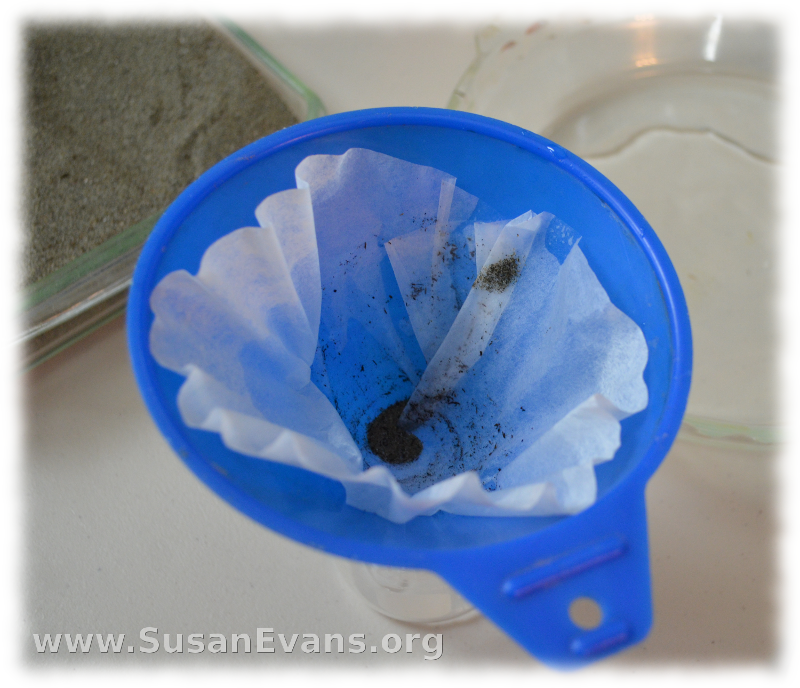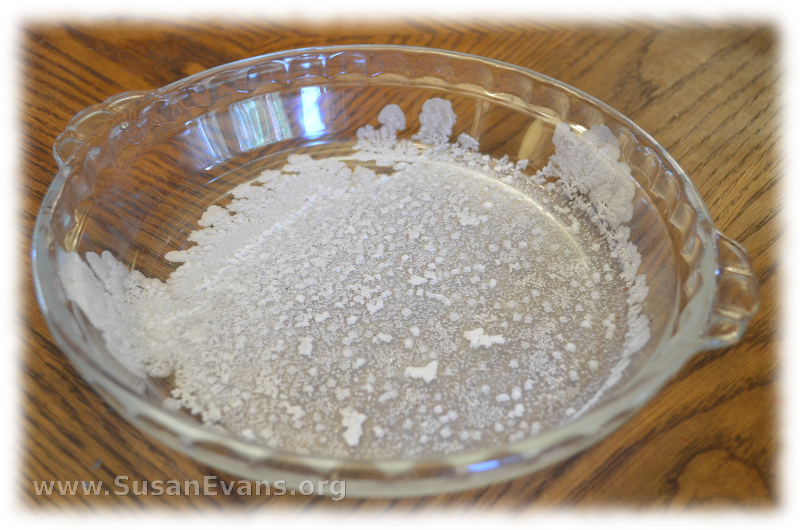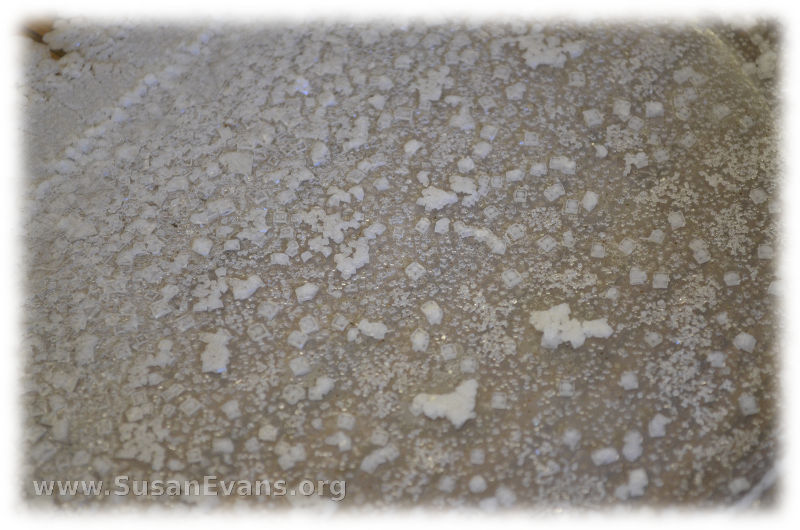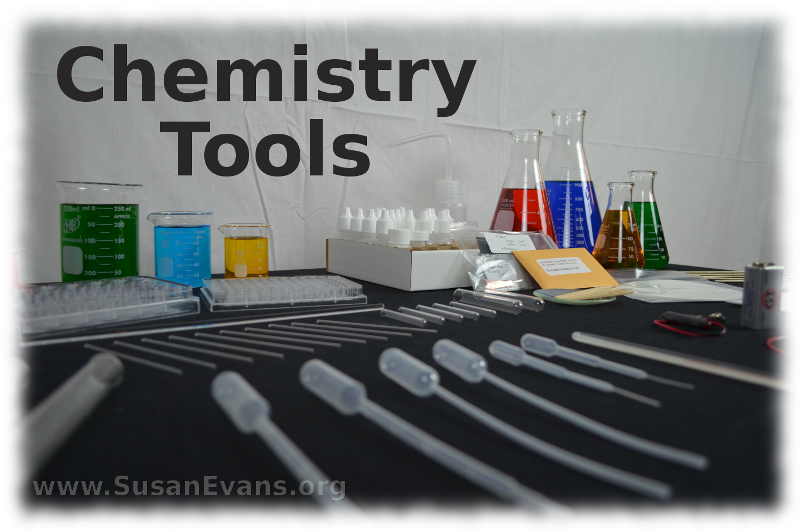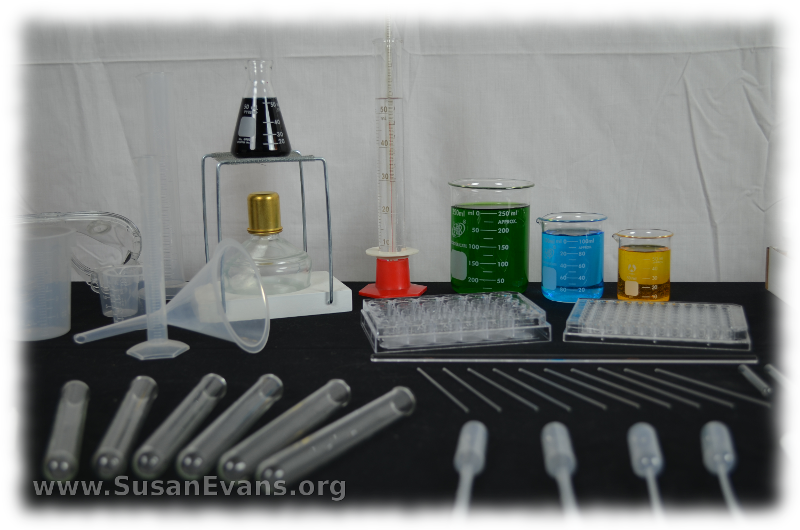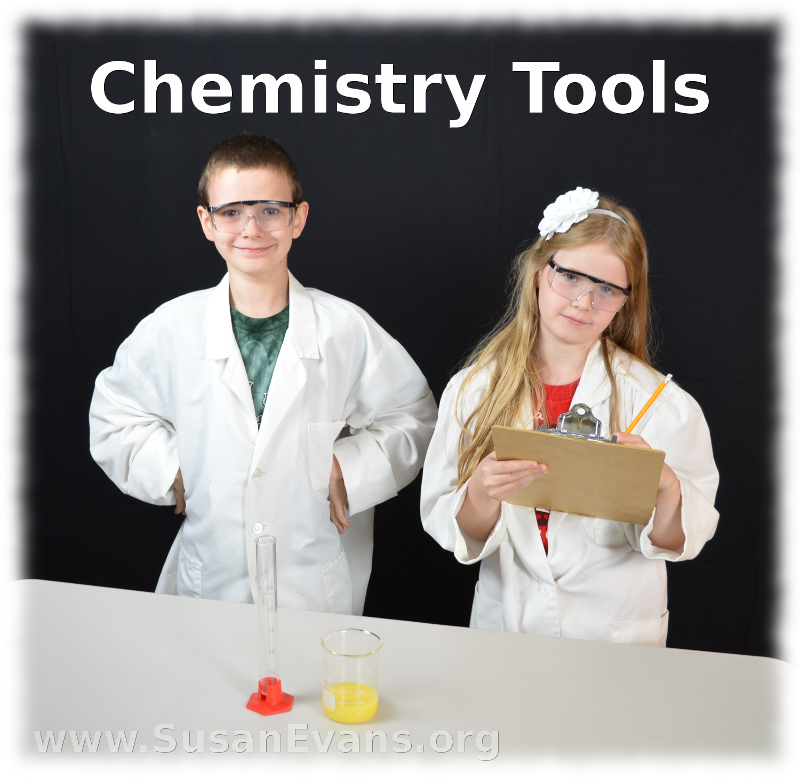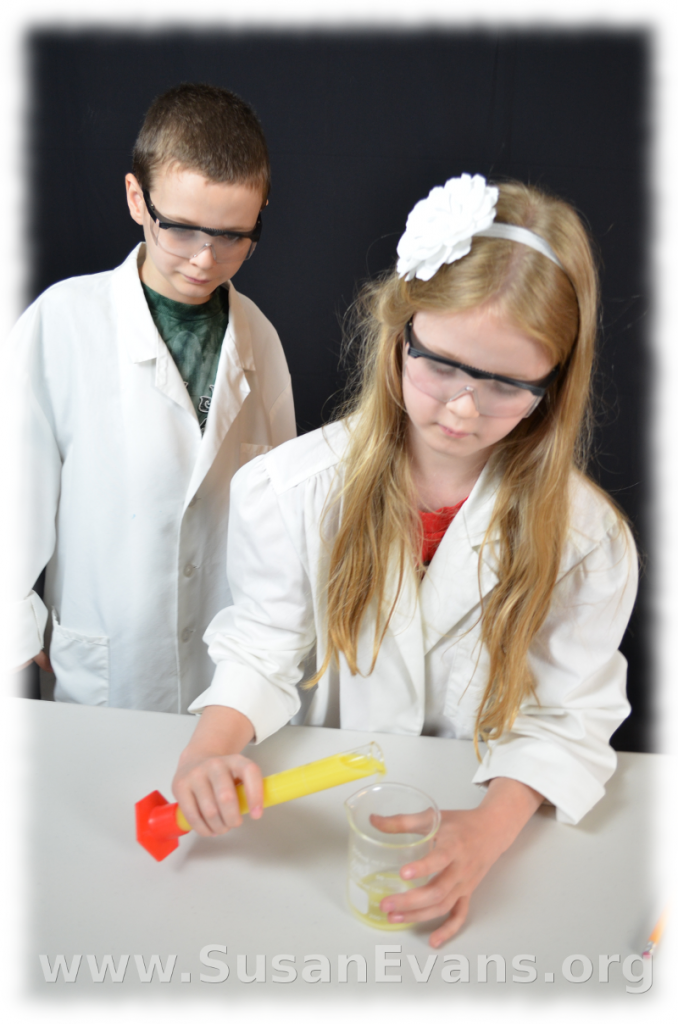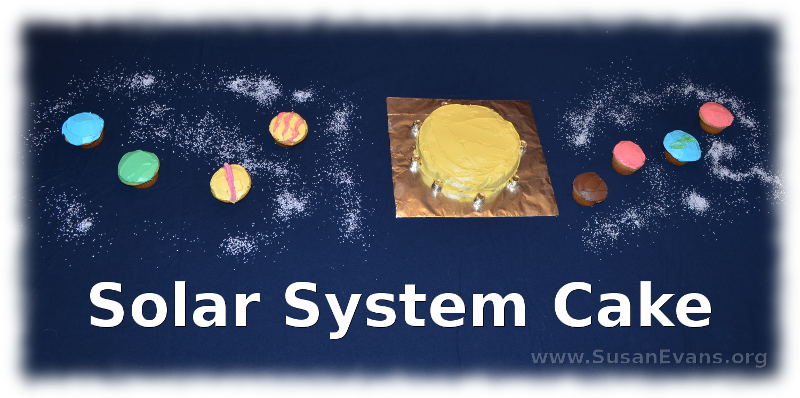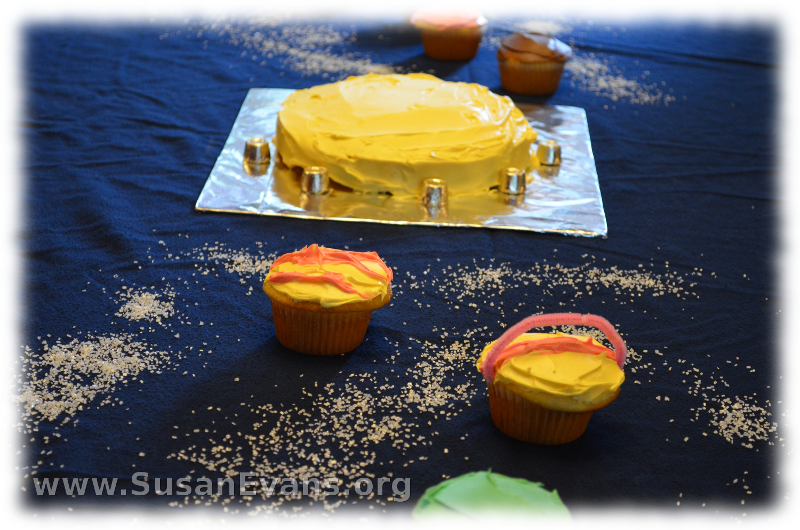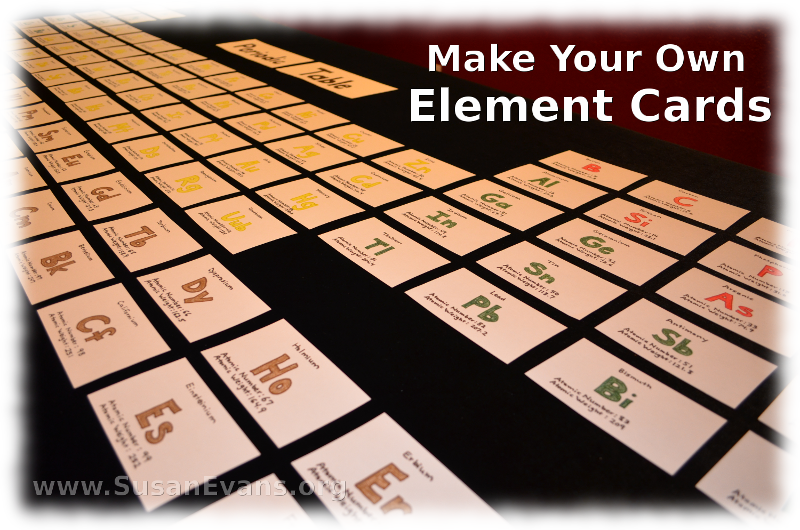 This post contains affiliate links. I was compensated for my work in writing this post.
This post contains affiliate links. I was compensated for my work in writing this post.
Today I will show you how to make your own element cards for the Periodic Table of Elements. We are using Christian Kids Explore Chemistry by Bright Ideas Press to study elementary-level chemistry, and one of the activities throughout the book is to make element cards. You do not have to make element cards for every single element on the periodic table, but if you do, you can make this giant Periodic Table Puzzle!
You will need some blank 3 by 5 cards. We decided to write the chemical symbols with bubble letters that we color-coded according to whether the elements were metals or non-metals. You can further classify the metals if you want.
These are the pieces of information we wrote on each card:
- chemical symbol
- name of the element
- atomic number
- atomic weight
On the back of each card you can write any interesting information about each element. You can find this information in books or on the internet.
 To facilitate putting together the Periodic Table Puzzle, you will want to look at the atomic numbers. The periodic table is set up in order according to the atomic numbers. Watch the video at the bottom of this blog post to see how the periodic table is arranged.
To facilitate putting together the Periodic Table Puzzle, you will want to look at the atomic numbers. The periodic table is set up in order according to the atomic numbers. Watch the video at the bottom of this blog post to see how the periodic table is arranged.
You can use these cards in many ways:
- Make a Periodic Table Puzzle
- Use the cards to quiz each other on elements and their symbols
- Based on the color, learn which elements are non-metals.
- Use it as an encyclopedia of each element on the back of the cards.
- Learn the atomic numbers of common elements.
Take a look at how we arranged these element cards:


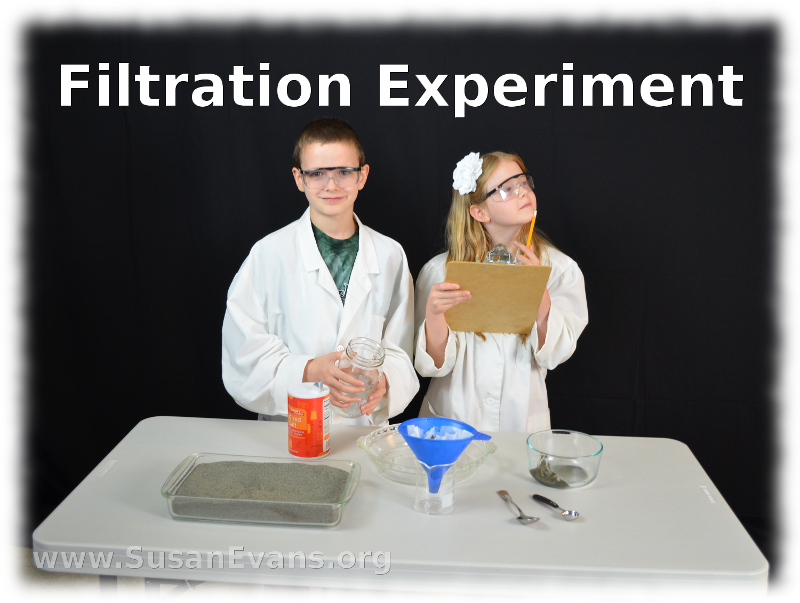
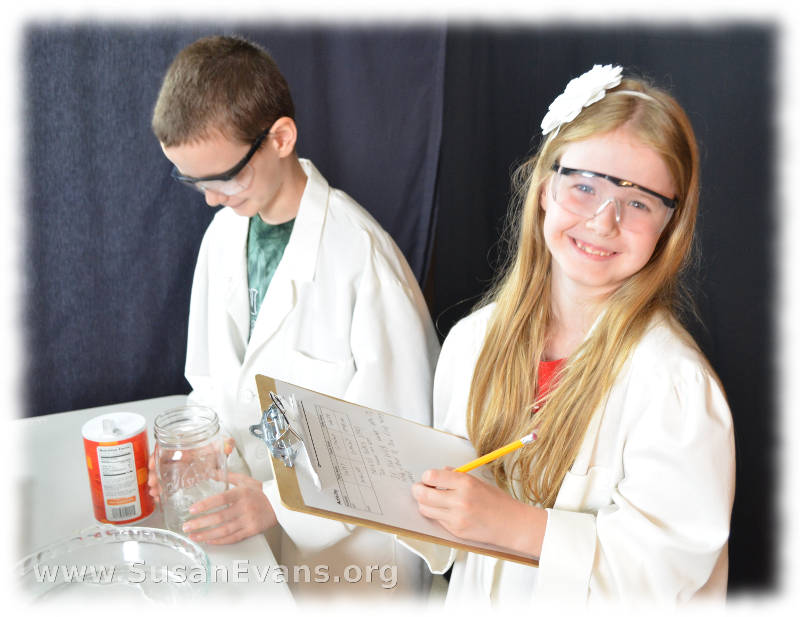
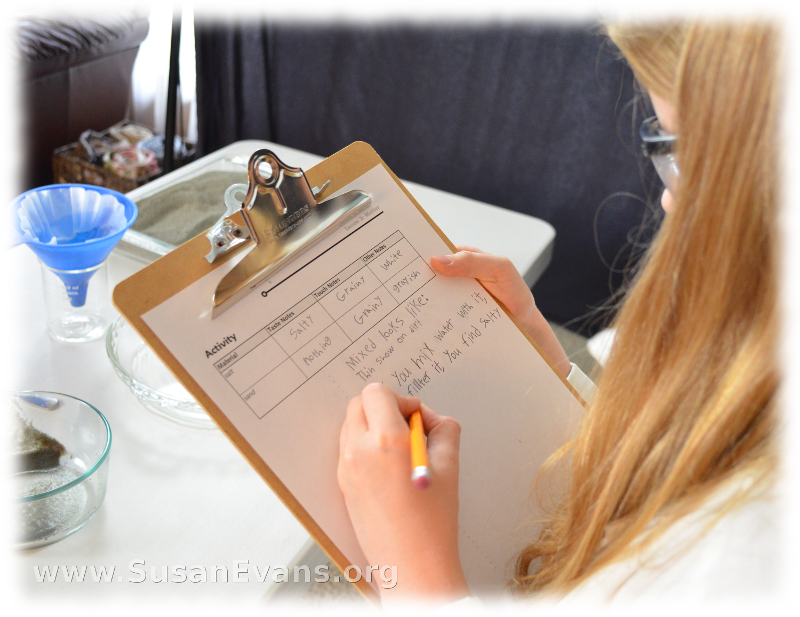
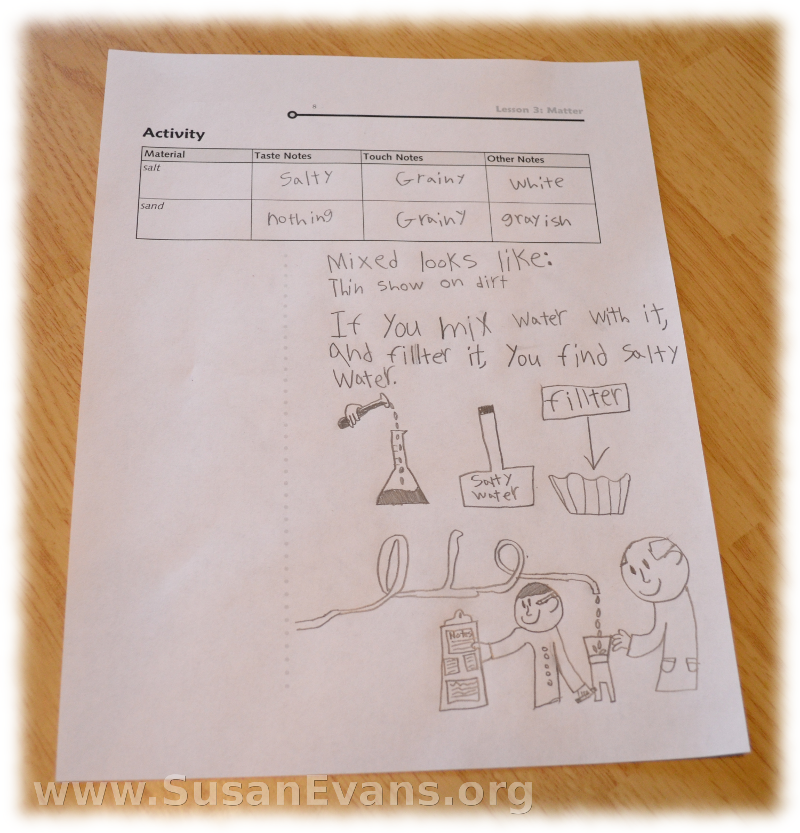 Now mix the salt and the sand together with a spoon. This is called a mixture. Pour 100ml of water into the salt/sand mixture, and stir for 60 seconds until the salt has dissolved.
Now mix the salt and the sand together with a spoon. This is called a mixture. Pour 100ml of water into the salt/sand mixture, and stir for 60 seconds until the salt has dissolved.